How can you choose the most cost-effective heating system for your home while balancing installation costs and energy efficiency?
Compare the true costs of home heating systems, from gas furnaces to geothermal heat pumps. Learn which option offers the best long-term savings for your climate and budget.
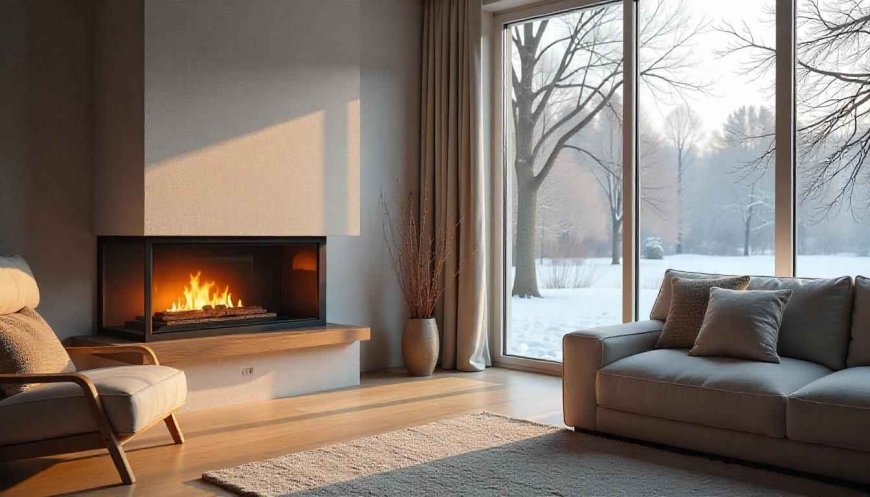
Heating your home is one of the largest contributors to your overall energy expenses. With energy prices rising and climate concerns growing, homeowners face an urgent question: how to choose a heating system that strikes the best balance between installation costs and long-term energy savings. The nine most common heating methods including gas furnaces, electric furnaces, heat pumps, boilers, radiant systems, and wood or pellet stoves each have their advantages and drawbacks. To make the best choice, you need to look past the initial price tag and consider the full picture of efficiency, maintenance, climate suitability, and future energy bills.
Gas Furnaces: Proven and Efficient
In many cold-weather regions, gas furnaces remain the standard. Their initial installation ranges from $2,000 to $6,900 depending on efficiency and whether you need new ductwork. Modern gas furnaces often achieve AFUE ratings of up to 96%, which means nearly all the fuel goes directly into heat. Their running costs are generally reasonable, averaging $30 to $60 per month for a medium-sized home. This balance of moderate installation and predictable, affordable fuel bills makes gas furnaces a practical choice for homeowners in colder climates with access to natural gas. However, as fossil fuels fluctuate in price, it is wise to keep an eye on your local gas supply rates, and consider high-efficiency models to future-proof your investment.
Electric Furnaces: Low Setup, High Costs
If your home doesnt have access to natural gas, you might consider an electric furnace. The appeal is clear: installation costs are lower, typically $1,100 to $2,825, with no fuel piping required. Unfortunately, electricity prices tend to be two to three times higher than gas, making the running costs significant, often $150 to $300 per month or even more in colder climates. Electric resistance heating is 100% efficient at converting electricity to heat, but because electricity is so expensive per kilowatt-hour, these furnaces can quickly turn into a financial burden if used heavily in winter. For this reason, they work best as backup or occasional-use systems.
Air-Source Heat Pumps: Versatile and Efficient
An air-source heat pump is a modern solution offering both heating and cooling. Installation costs range from $5,000 to $10,000, which might seem steep, but the technology delivers two to four times as much heat per unit of energy compared to electric resistance systems. This means running costs are dramatically lower, averaging $40 to $160 monthly depending on climate and insulation. In moderate climates, air-source heat pumps provide the best balance of up-front investment and long-term energy savings, especially because they can also handle air conditioning. Their performance does drop below 20F, so a backup heat source is recommended in severe cold. To compare air-source systems against other options in more depth, you canvisit our website for a comprehensive breakdown.
Geothermal Heat Pumps: The Long-Term Saver
Geothermal heat pumps are the gold standard for efficiency but demand a high up-front investment between $15,000 and $35,000, largely due to the cost of burying underground loops. Once installed, they deliver unbeatable performance, with monthly heating costs often $100 to $200 thanks to a consistent ground temperature. Geothermal systems can last decades with minimal maintenance, making them an excellent long-term investment if you plan to stay in your home. Homeowners in areas with incentives or tax credits can sometimes recoup the initial cost faster, so it is worth checking your local programs before ruling geothermal out.
Ductless Mini-Split Heat Pumps: Flexible and Modern
Ductless mini-splits serve homes without existing ducts and are also perfect for additions or remodels. Installation costs vary between $3,000 and $7,500 per zone, but they avoid the energy losses common in ducted systems. Their high efficiency means lower monthly costs typically between $30 and $150 depending on how many zones you heat. Mini-splits let you heat only the spaces you are using, which is a smart way to cut back on wasted energy and keep your bills manageable.
Boilers: The Quiet Performer
Gas boilers, popular in older homes with radiators or underfloor systems, cost between $4,000 and $6,300 to install and maintain steady monthly costs around $80 to $150. Modern condensing boilers achieve 90% or higher efficiency, which makes them a reliable, moderate-cost solution. Electric boilers are cheaper to install but share the same high operating cost as electric furnaces. Boilers are great for homeowners who want even, radiant-style heating with fewer drafts and who already have the necessary pipework in place.
Radiant Floor Heating: Comfort with Caveats
Radiant floor systems deliver luxurious comfort by warming the floors directly, eliminating cold spots and circulating less dust. Installation costs can be significant, running from $6,000 to $14,000, and are best incorporated during major remodels or new construction. Once installed, hydronic radiant floors, in particular, pair well with high-efficiency boilers and keep operating costs lower thanks to better heat retention. Monthly bills often fall between $50 and $150 depending on square footage and insulation.
Wood and Pellet Stoves: Rustic Charm and Savings
If you live in a rural area, wood or pellet stoves can be surprisingly economical. Installation prices are low generally $1,000 to $3,000 and if you have access to affordable wood, you might heat your home for as little as $200 to $400 per year. These systems require more hands-on effort, from splitting logs to cleaning ash, but their independence from the power grid is a big advantage during winter storms. However, they are less practical in urban areas with air-quality regulations. For a full side-by-side view of how these heating types stack up, you can explore additional reading with details on operating costs, pros, and cons.
Conclusion
Choosing a cost-effective heating method means looking beyond the sticker price and evaluating how much you will pay in the long run. Air-source and geothermal heat pumps shine for overall energy efficiency, while gas furnaces and boilers remain dependable, affordable options. Electric resistance heating only makes sense as backup or for small, mild-climate homes. If you plan carefully, match the system to your climate, and budget for both installation and monthly costs, you can create a heating solution that keeps you warm and saves you money for years to come.
















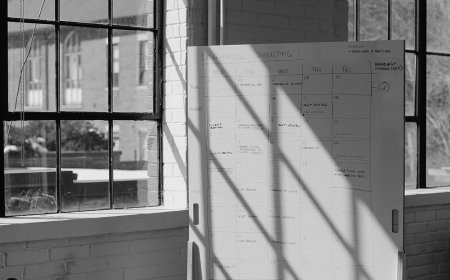




![Top 11 Real Estate Mobile App Developers in Riyadh, Saudi Arabia [2025 Edition]](https://www.philadelphialivenews.com/uploads/images/202506/image_430x256_68621a9e48997.jpg)












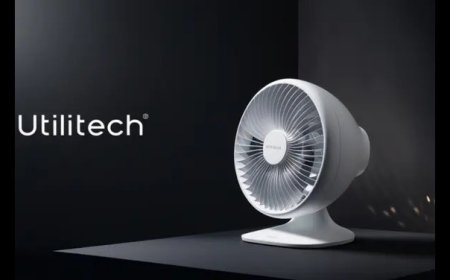




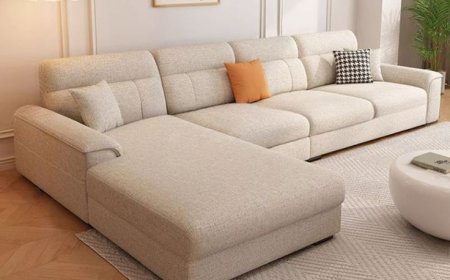
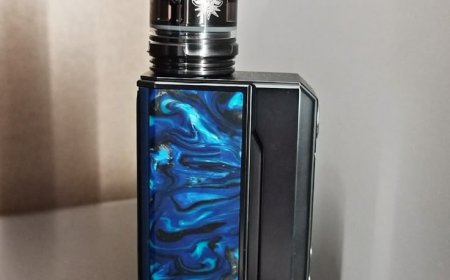


![Top 11 Real Estate Mobile App Developers in Riyadh, Saudi Arabia [2025 Edition]](https://www.philadelphialivenews.com/uploads/images/202506/image_140x98_68621a9e4a204.jpg)